Description
Ethylene Glycol: The Silent Peril and Its Many Uses
Ethylene glycol, a seemingly innocuous chemical compound, is a fascinating yet potentially dangerous substance that permeates our lives in ways we often don’t realize. While widely used in antifreeze and various industrial applications, its toxicity poses a significant threat, demanding careful handling and awareness. This article explores the properties, uses, and risks associated with ethylene glycol, shedding light on this complex chemical.
What is Ethylene Glycol?
Ethylene glycol (C2H6O2) is a colorless, odorless, sweet-tasting, viscous liquid. It’s an organic compound belonging to the alcohol family, characterized by two hydroxyl (-OH) groups attached to the ethylene (C2H4) molecule. Its relatively simple structure belies its complex behavior and potential for harm.
The Double-Edged Sword: Uses of Ethylene Glycol
Ethylene glycol’s unique properties make it invaluable in a variety of applications:
- Antifreeze and Coolant: This is by far its most well-known use. Its ability to lower the freezing point of water makes it a vital component in automotive cooling systems, preventing engines from freezing and cracking in cold weather. It also raises the boiling point, preventing overheating in hot weather.
- Production of Polyester Fibers and Resins: Ethylene glycol is a key ingredient in the manufacture of polyester fibers (like those used in clothing and carpets) and PET (polyethylene terephthalate) resins, used to make plastic bottles and containers.
- Solvent: Its solvent properties make it useful in various industrial processes, including the production of inks, dyes, and cleaning agents.
- De-icing Agent: Ethylene glycol can be used to de-ice aircraft wings and runways, thanks to its ability to lower the freezing point of water.
- Hydrate Inhibitor: In the natural gas industry, it’s used to prevent hydrate formation in pipelines, ensuring efficient gas flow.
The Dark Side: Toxicity and Risks
Despite its widespread use, ethylene glycol is highly toxic, especially if ingested. Its sweet taste can be deceptively alluring to children and animals, leading to accidental poisoning. The toxicity stems from the metabolism of ethylene glycol within the body:
- Metabolic Breakdown: The body breaks down ethylene glycol into toxic metabolites, including glycolic acid, glyoxylic acid, and oxalic acid.
- Organ Damage: These metabolites cause severe damage to the kidneys, brain, and heart. Oxalic acid binds with calcium, forming calcium oxalate crystals that deposit in the kidneys, leading to kidney failure.
- Symptoms of Poisoning: Symptoms of ethylene glycol poisoning can include nausea, vomiting, dizziness, drowsiness, headache, slurred speech, seizures, cardiac arrest, and ultimately, death.
Prevention and Treatment
Preventing ethylene glycol poisoning is crucial. Here are some vital steps:
- Storage: Store ethylene glycol in clearly labeled, tightly sealed containers, out of reach of children and animals.
- Clean Up Spills Immediately: Any spills should be cleaned up promptly and thoroughly.
- Awareness: Educate children and adults about the dangers of ethylene glycol.
If poisoning is suspected, immediate medical attention is essential. Treatment typically involves:
- Supportive Care: Managing symptoms and maintaining vital functions.
- Antidote Administration: Fomepizole or ethanol are used to inhibit the breakdown of ethylene glycol into its toxic metabolites.
- Hemodialysis: This procedure helps remove ethylene glycol and its metabolites from the bloodstream.
The Importance of Responsible Handling
Ethylene glycol is a valuable chemical with numerous applications, but its toxicity necessitates responsible handling. By understanding its properties, uses, and risks, and by implementing preventive measures, we can safely utilize this chemical while protecting ourselves and others from its potential harm. Continuing research and development are also crucial to finding safer alternatives and improving treatment strategies for ethylene glycol poisoning. Its double-edged nature serves as a reminder of the importance of responsible chemical management and public awareness.

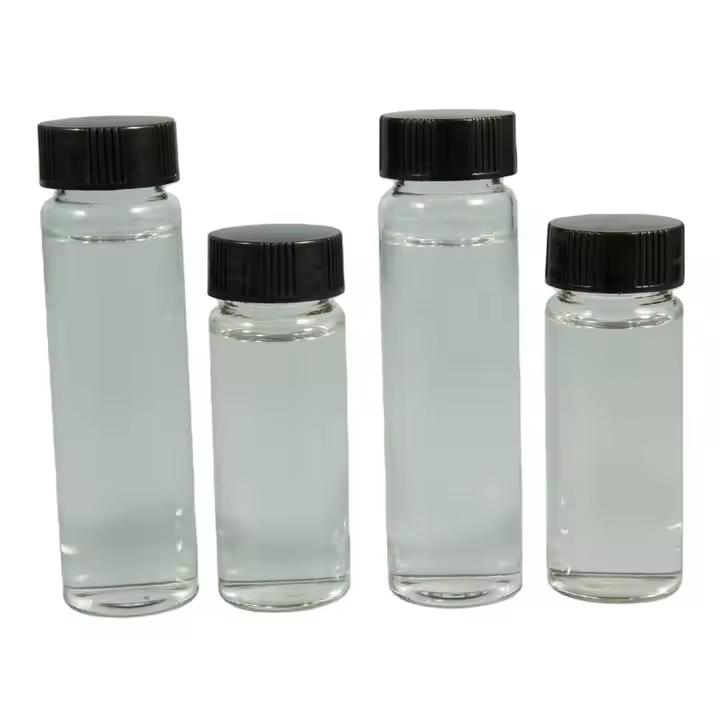
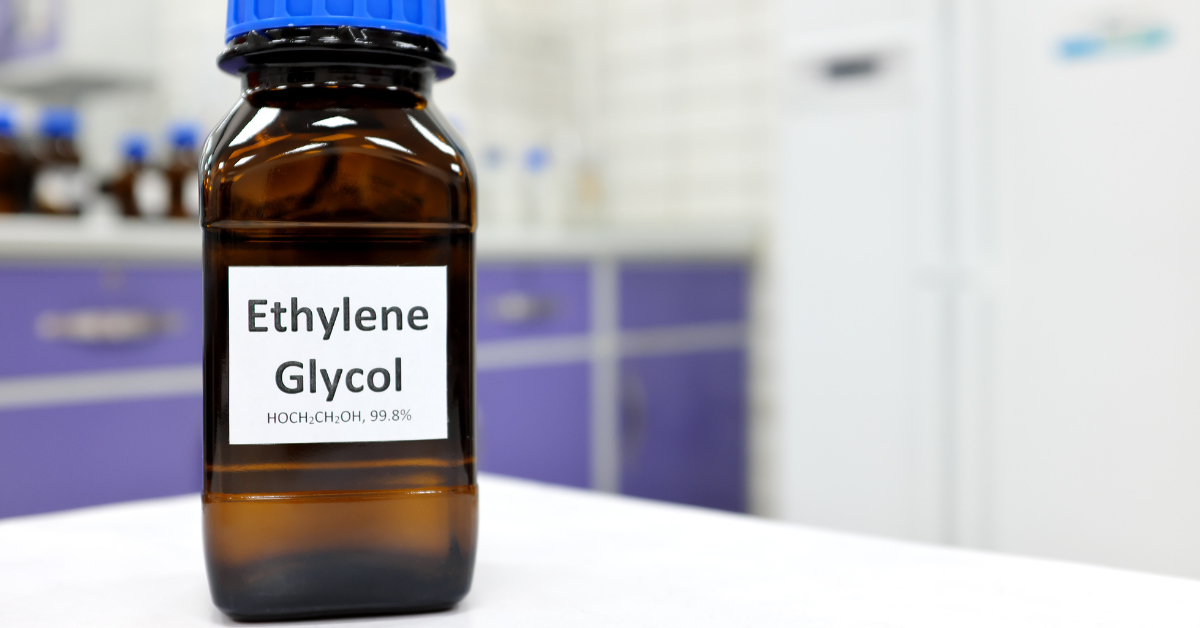

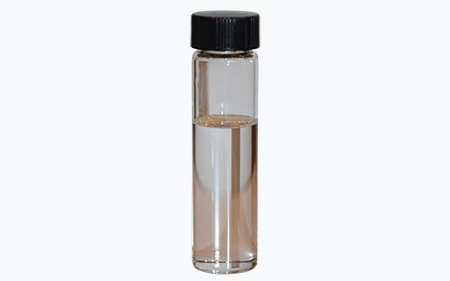
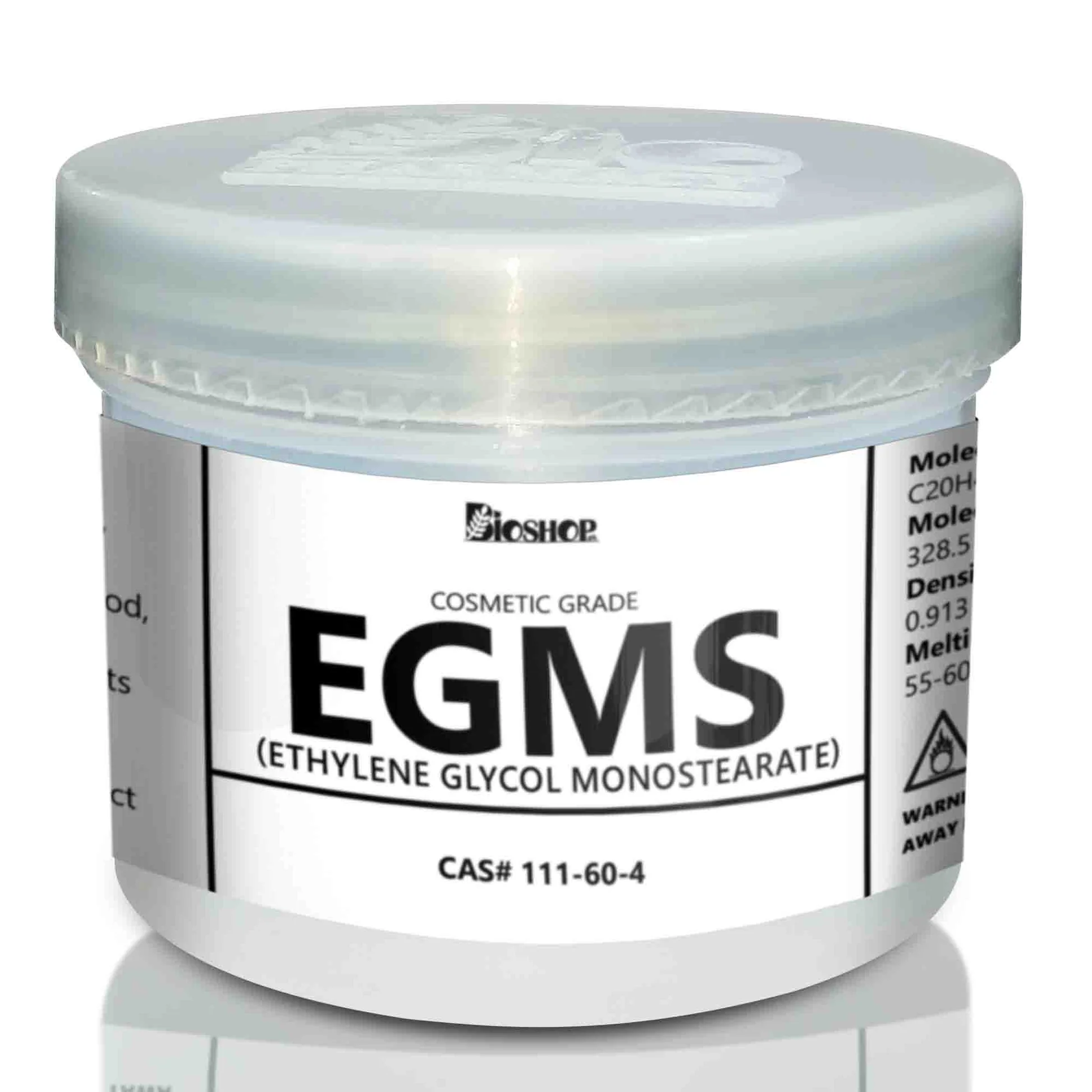

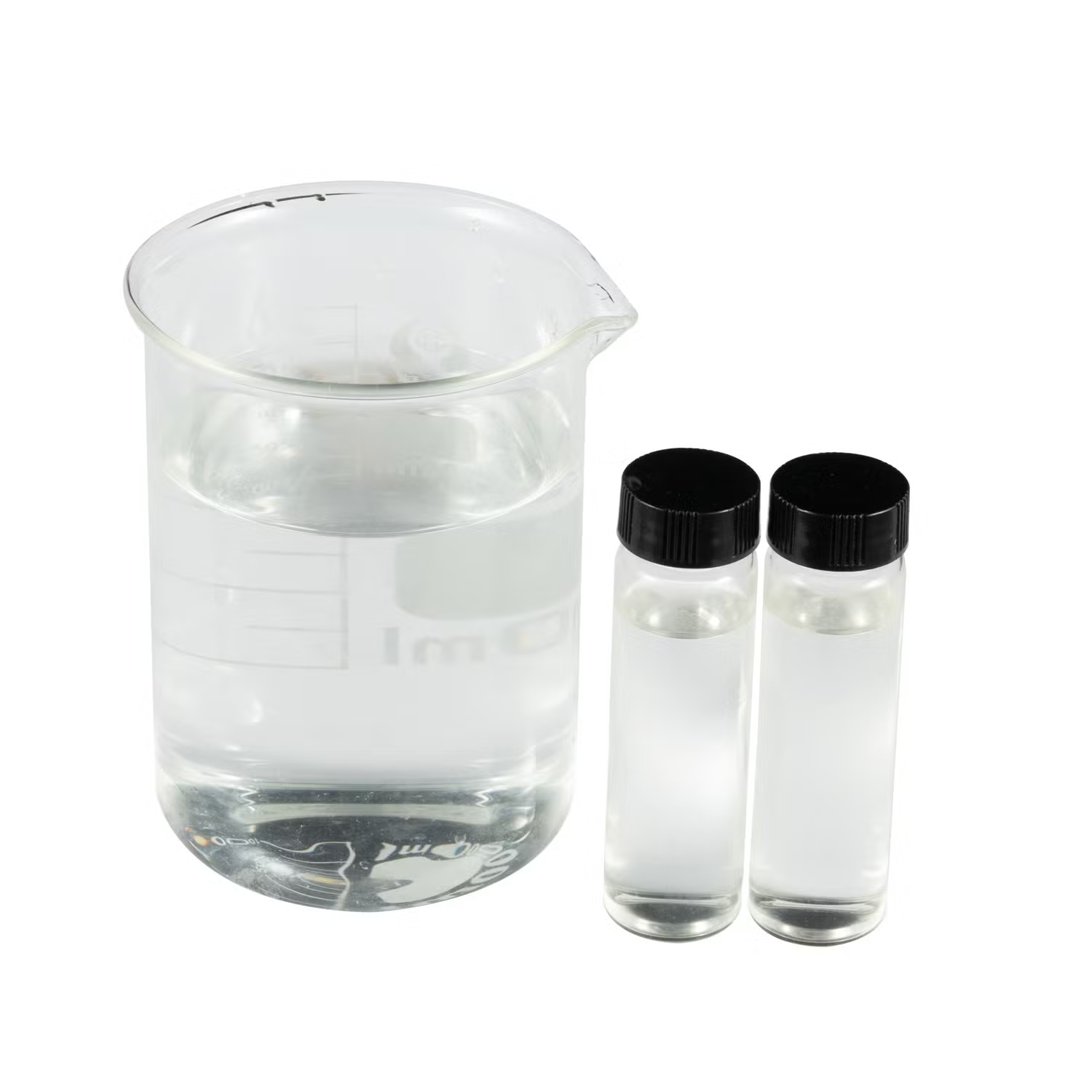


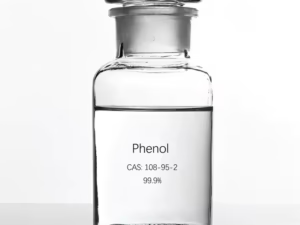


Reviews
There are no reviews yet.